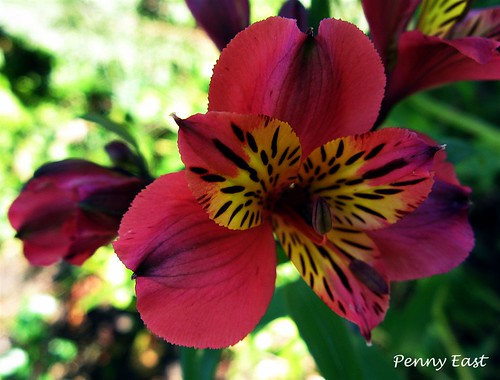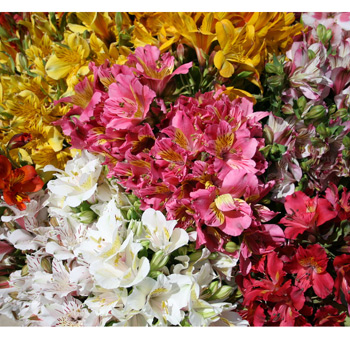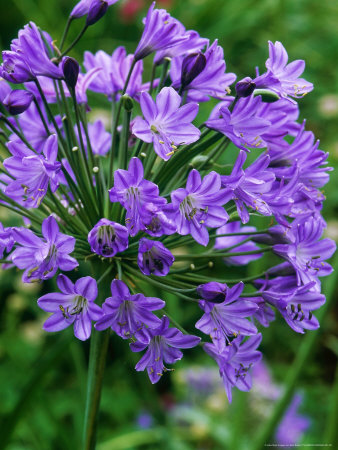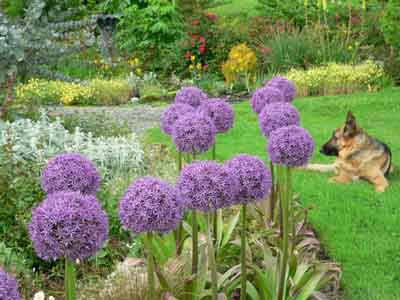

Grows well in ordinary garden soil. Requires a sheltered position in full sun[200]. This species is not hardy in the colder areas of the country, it tolerates temperatures down to between -5 and -10°c[200]. A very ornamental plant[1], the flowers are very attractive to butterflies[30]. The removal of dead flowers will extend the flowering season.
Propagation:
Seed – surface sow March in a light position in a greenhouse. The seed usually germinates in 1 – 3 weeks at 20°c. When large enough to handle, prick the seedlings out and plant them out after the last expected frosts.
The plant prefers light (sandy), medium (loamy) and heavy (clay) soils. The plant prefers acid, neutral and basic (alkaline) soils. It cannot grow in the shade. It requires dry or moist soil.

Harvest Instructions: Plants perform better in the landscape if grown in mixes containing both a wetting agent and hydrogel. Plugs can be stored for up to six weeks in the dark at 45F but do much better if provided as little as 5 ft-c of light during storage. Deeper and larger volume growing containers can improve shelf life.

The Compositae or aster family is vast, with over 20,000 species, and is also one of the most developed families. It was named Compositae because the flowers are actually a "composite" of many individual flowers into one head. Hence, when children pull one "petal" off at a time, saying "she/he loves me, loves me not", they are actually removing a complete flower, not just a petal.
Ageratum, Greek (a-, without, and geras, age) for not growing old probably in reference to the flowers retaining their color for a long time.

Named after William Houston, American physician who collected plants in the Antilles and Mexico, died in 1733.
Insects and diseases are often problems during production. Some favorite cultivars and their respective flower colors include 'Hawaii Blue' and Hawaii Royal (blue/violet). Full sunlight would be best.

This early, compact bloomer grows to only about 6 or 7 inches tall. With its icy blue-purple flowers, it works well when planted tightly along the foreground of a bed. Its color blends easily with most other hues and textures.

Remove bottom leaves if present, recut stems under water and place into a fresh flower food solution.
Does not store well and leaves often dry out prematurely.
Harvest Instructions: Plugs can be stored for 6 weeks in the dark (6 weeks in light) at 45F and subsequently grown into very acceptable plants and/or flowers. Cultivars like 'Horizon Blue' tend to produce longer flower stems as the growing season progresses.

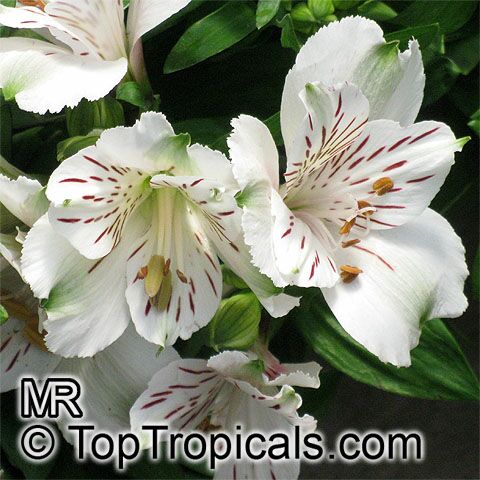
 Deciduous types. For many years, deciduous alstroemerias were the only ones readily available as garden subjects. The seed-grown Ligtu hybrids and Dr. Salter’s hybrids have azalea-like flowers in beautiful, edible-sounding colors— orange, peach, shrimp, salmon— as well as red and near-white; all types are flecked and striped with deeper colors.
Deciduous types. For many years, deciduous alstroemerias were the only ones readily available as garden subjects. The seed-grown Ligtu hybrids and Dr. Salter’s hybrids have azalea-like flowers in beautiful, edible-sounding colors— orange, peach, shrimp, salmon— as well as red and near-white; all types are flecked and striped with deeper colors.
 They produce leafy shoots 2–5 ft. tall in late winter and into spring; as these shoots begin to brown, the flowering shoots appear, with blooms following in early to midsummer. If allowed to set seed, they will self-sow. Plants go dormant after bloom and need no water unless winter rains fail. They naturalize where winters are not severe. Sow seeds in fall,winter, or earliest spring, either where plants are to grow or in pots for later planting out.
They produce leafy shoots 2–5 ft. tall in late winter and into spring; as these shoots begin to brown, the flowering shoots appear, with blooms following in early to midsummer. If allowed to set seed, they will self-sow. Plants go dormant after bloom and need no water unless winter rains fail. They naturalize where winters are not severe. Sow seeds in fall,winter, or earliest spring, either where plants are to grow or in pots for later planting out.






